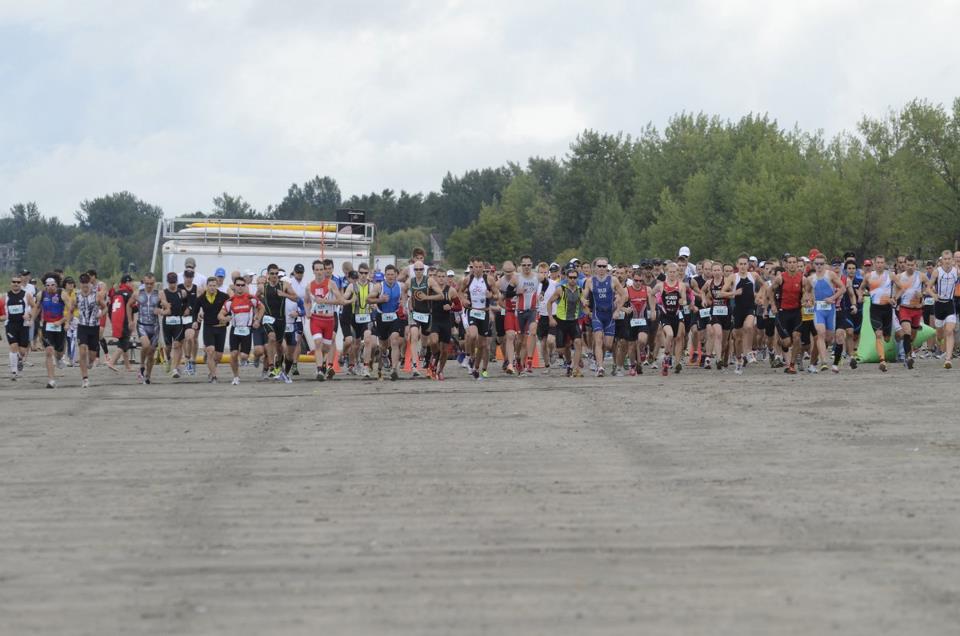Alex VanderLinden: Restless for race season

— By Alex VanderLinden
There’s a story from back in The Netherlands about one of the Renaissance painters. This painter is an old guy, in his 70s or 80s, and he’s still producing work when somebody walks up to him and asks: “How come you’re still painting? Shouldn’t you be sitting with your feet up?” The old painter replies: “I’m a painter. I’m supposed to paint. It’s as natural to me as breathing.”
I feel similarly about racing.
To me, as a triathlete, I get my kicks from toeing the line, from pinning the bib on tri suit on a weekend morning. It raises my heart rate, elevates my sense of purpose. Like that old painter, racing is as natural to me as breathing.
Now that race season is upon us, I can see some added focus to my daily routine. The drudgery of the winter is vanishing because there’s a vivid light in the distance.
Right now, I’m out here in sunny Nevada logging hour after hour of training at the Healthy Results Winter Defrost Camp, and I’m happy to do so because I know these four weeks of toil will soon be put to good use.
When I first teamed up with my coach Rich Pady, the concept of racing was one of the first items up for discussion. He knew I raced a lot, that I was this unbridled horse that wanted the open space of the track. Rich saw the bigger picture and knew he had to rein me in a little. We’ve since found some decent common ground, but more often than not, during the high season of triathlon, you’ll find me at a race.
Last year, in the lead up to my second place finish at Muskoka 70.3, I’d raced three of the previous four weekends. And I wasn’t just making up the numbers in those other races. I was pushing hard, seeking to learn new things, trying to refine and perfect my craft.
The learning curve for new triathletes is greater. It’s why as a coach myself, I advocate my athletes to embrace race season as much as possible.
Take a triathlete who has never raced in open water. There’s no substitute for putting on the wetsuit and jumping in a lake with 60 other athletes to figure out what the fuss is all about. It might be scary at first, but you can’t really replicate this experience elsewhere. Outside of the race environment, most of us will swim open water with one or two others, but there’s very little application to race day. That’s why some tri clubs are now hosting weekly inter-club races – it sharpens your skills for those bigger races each year.
From a professional point of view, each is so tactically nuanced that it’s wise to race a lot, to work on the minuscule that can lead to improved results. You need to figure out how hard you need to accelerate around a buoy to stay in touch with the pack, you need to know how many watts you can push to break away from a group on the bike. You even need to know if you can keep your composure in transition while other competitors are passing you by.
You find this out on race day.
You can and should be proactive in training, but there’s no pressure, no nerves.
This is why I love the smaller race series that are scattered around the country. In Southern Ontario we’re blessed to have so much choice. With races almost on a weekly basis, you can put those lessons learned to good, quick use.
So let’s embrace race season. It’s here. Finally.
